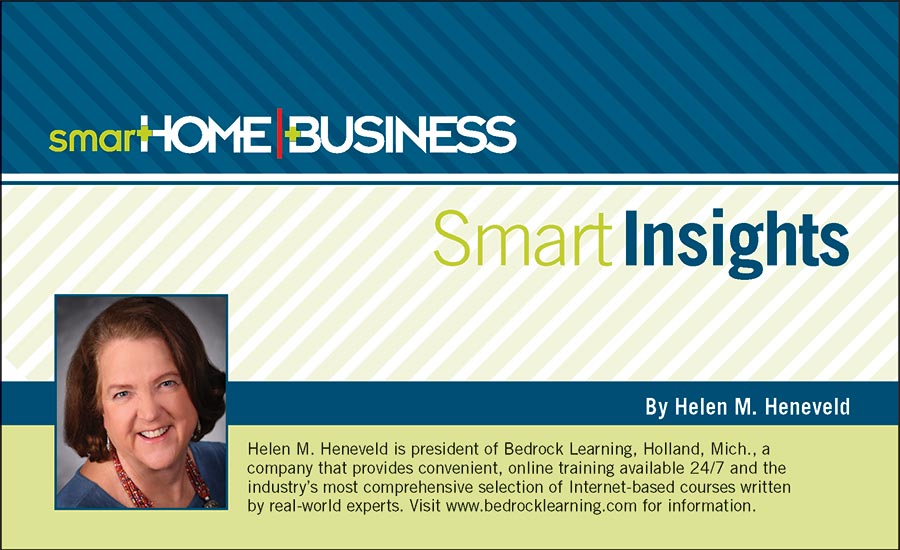It’s a fact: People grow older. The good news is that technology is helping address medical issues and contributing to healthier living. Technology is also able to keep people living at home without moving to a care facility. This has led to the “Aging in Place” movement and it is gaining momentum given the explosive growth of the senior population.
As of 2000, there were approximately 35 million Americans over the age of 65. According to the U.S. Census Bureau, by 2030 there will be approximately 71.5 million Americans over the age of 65. This represents nearly 20 percent of the entire projected U.S. population in 2030. They will need assistance, and caretakers will be looking for technology to help. How many of these people, and their caregivers, are your customers?
The driving force is independence. Per the U.S. Centers for Disease Control and Prevention definition, aging in place refers to “the ability to live in one’s own home and community safely, independently, and comfortably, regardless of age, income, or ability level.” Today, technology and the IoT are helping make this possible and affordable. It can be as simple as a smartphone to share information or as sophisticated as connected devices — around the home or worn by the individual — that gather data and respond accordingly. Personal Emergency Response Systems (PERS) have been available for some time, but now there’s so much more that can be monitored. Assistive technologies extend the length of time individuals can stay in their homes, keep them safe, and provide support with daily functions.
The possibilities are many. GPS tracking can share a person’s location. Smart security cameras help caregivers monitor activities. The moment a senior has fallen, a close family member or monitoring services can receive an alert. Falling is the leading cause of death for adults over 65.
Daily living can be simplified and improved when common actions happen automatically, such as turning on/off lights, adjusting the thermostat, checking and locking the house at night, and making sure appliances are turned off when no one is in the kitchen. Health data can be unobtrusively collected through wearable technologies such as a smartwatch and medication access can be controlled, monitored, and prompts given when it’s time to take medication.
Aging in place is the next big opportunity and the security industry is well-positioned to serve this burgeoning market. As technology advances, products will continue to emerge to support older people staying in their homes, and monitoring services can expand with new RMR opportunities. Learn all you can; research and read about aging in place. Check out www.ageinplacetech.com for industry market trends, research, and analysis. Look to industry associations such as Consumer Technology Association (CTA). The TechHome division just formed the Active Aging Working Group, and CTA released the Family Caregiver Technology Usage & Perceptions report in December 2017.
“Companies in the home security and smart home space are well-positioned to expand their lineup to include services that support aging comfortably and security monitoring companies’ highest value customers are the ones most willing to pay an additional amount for such services,” states Parks Associates. “Over one-third of current or future caregivers interested in purchasing a home living service are likely to pay $35 per month for a service package for their loved one.”
Think about whom in this market would be your customer. It’s not necessarily just the person aging, it’s also the caregivers who want the best for their loved ones, and cost may be secondary when it comes to peace of mind. This is a lesson security companies have learned over years of providing security, protection, and safety. Think outside the box and look for a company already modifying the physical environment for senior safety and explore partnering with them to complete the aging-in-place solution. Just a gentle reminder: If you’re over 50 start making an aging-in-place plan for yourself — I am.









